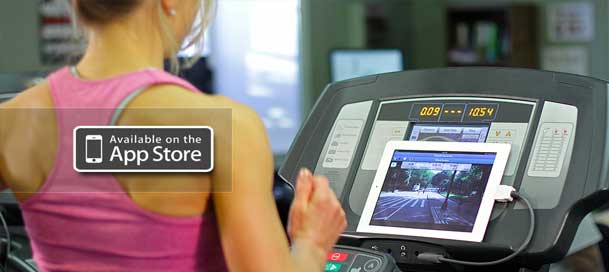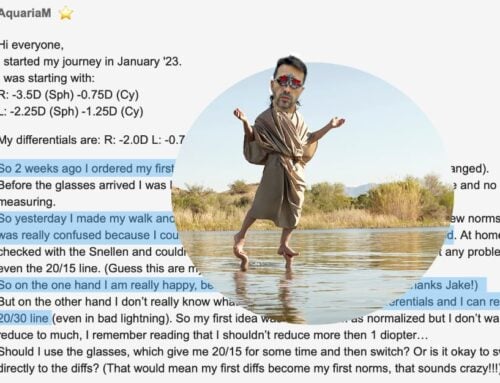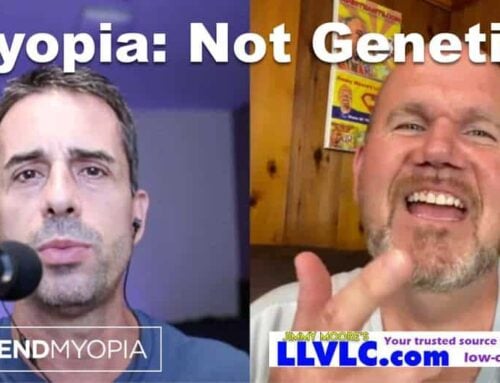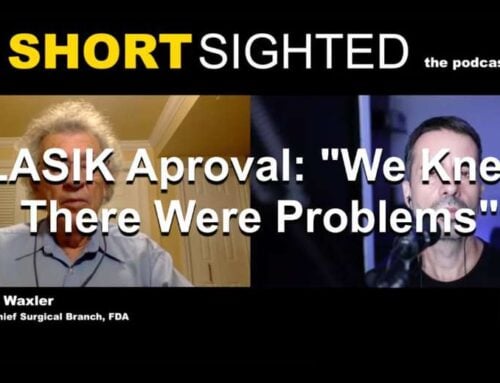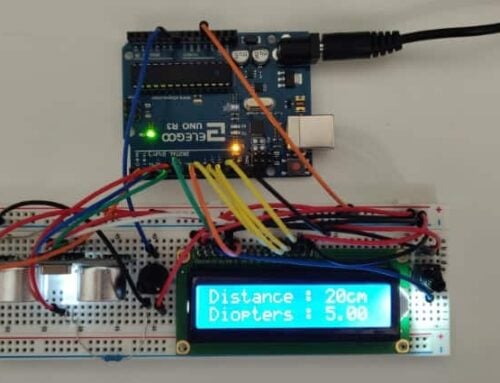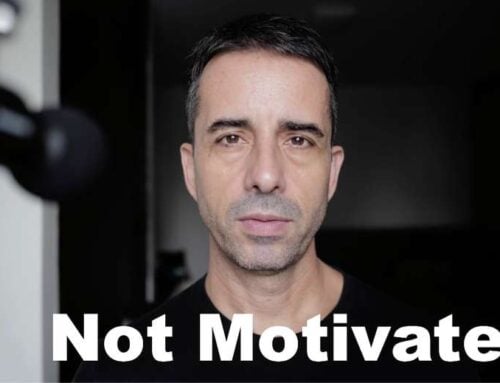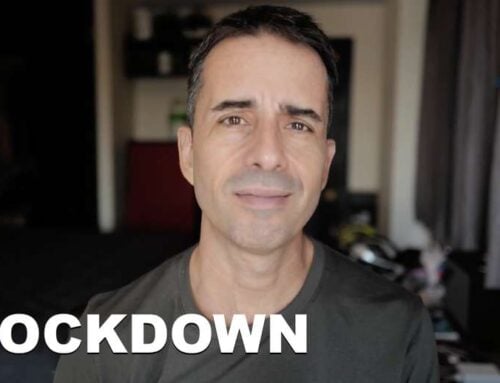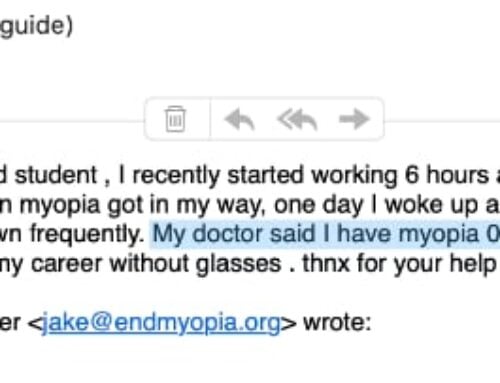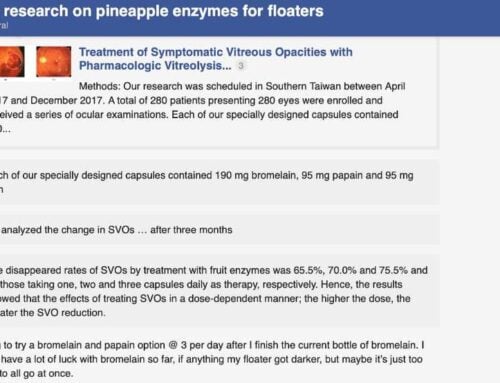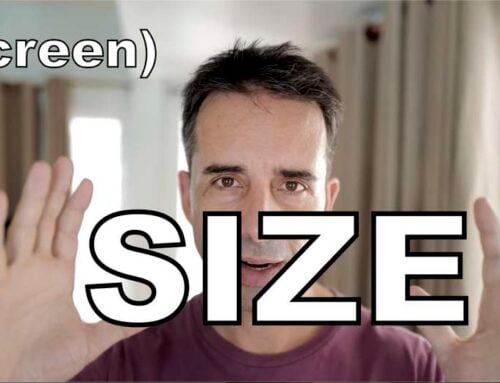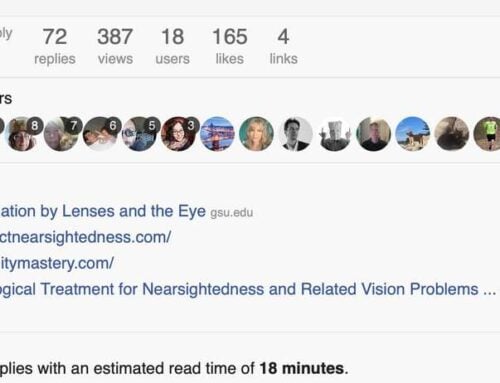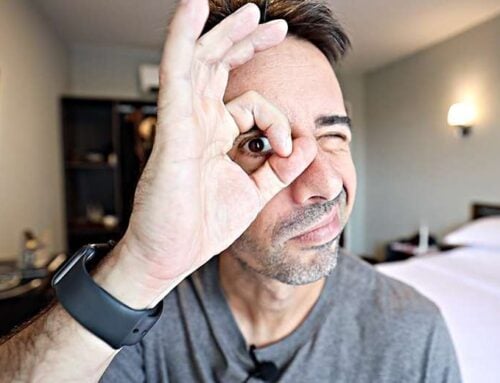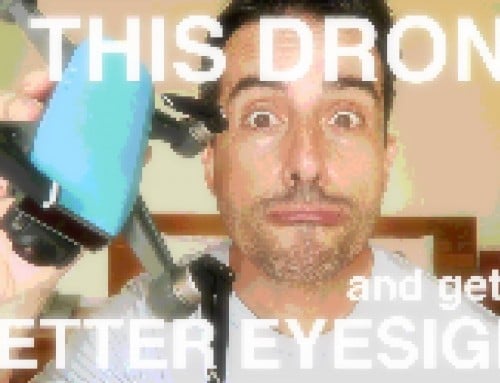One of the ways to get my blood pressure to increase is to send me the latest in food replacement science. You may see it on the news, all the “superfood shakes” and ways to skip an actual meal, and supposedly get all the nutrition your body requires. Interesting experiments, certainly. I enjoy all of our delving into the human biology. I enjoy it, except for when people get serious about replacing life with simulation.
Or rather, maybe I struggle with that premise, and the almost inevitable longer term finding that the simulation failed to replace real life as expected.
Sure, we can replace a walk in the forrest with some 3D glasses and a projector and a treadmill. But even if we can get it to 100% match the experience, do we really want to? Do we really want to replace a forrest walk, or replace discovering amazing foods, with a nutrition shake? Do we need to save that time, do we need to stay on the couch, is it really serving our experience at living life?
This of course, far too philosophical for a vision improvement site. Let’s look at some more relevant forum posts, instead:
Sara asks about pushing vs. pulling focus (close-up activity, vs. distance vision activity):
![]() What about focus pushing? Is it possible to overdo that? And why isn’t it equivalent to focus pulling in terms of creating improvement? After all, you are wearing a lens that gives you an edge of blur, letting your ciliary relax to its fullest. It seems to me that focus pushing is simulating distance vision.”
What about focus pushing? Is it possible to overdo that? And why isn’t it equivalent to focus pulling in terms of creating improvement? After all, you are wearing a lens that gives you an edge of blur, letting your ciliary relax to its fullest. It seems to me that focus pushing is simulating distance vision.”
And that is a great question.
Sara reminds us that the site is still far from complete, in terms of answering all of the questions that its contents are creating. Here is what I suggest in response to Sara’s question:
![]() You can overdo the pushing focus. You will notice that easily enough though with your eyes feeling notably more tired at the end of the day. It’s not something that you are likely to do consistently, without actively ignoring discomfort.
You can overdo the pushing focus. You will notice that easily enough though with your eyes feeling notably more tired at the end of the day. It’s not something that you are likely to do consistently, without actively ignoring discomfort.
Pushing focus is like running on a treadmill, if pulling focus is like playing soccer.
Theoretically both the treadmill and the soccer is giving you good cardio. But one is really a poor replacement for the other, in healthy body engagement.
Pushing focus happens to a fixed distance, to an object lit unnaturally, non moving objects, no peripheral vision engagement, two dimensional image, no focal distance change, often poor peripheral lighting. Secondary to that the physical activity and the psychological aspect of engaging in a natural environment rather than a glowing screen in a room.
There are people (and methods) that only work on pushing focus, and people do indeed improve their vision that way. It’s the treadmill approach to life.”
We discuss a whole lot of the close-up and pushing focus, for just about all of the first month of the paid course. Why?
Because it is what our lifestyle requires. We need lots of close-up, so I structured the rehabilitative approach to work as part of your life, instead of requiring you to make significant sacrifices. Still though, these are just compromises and stop-gap measures to project your eyesight, while allowing you to continue using your eyes for lots of close-up time.
But you don’t get quite as much stimulus from that, as you would using your eyes as nature intended.
There is an aspect there that I leave out a lot (purposely). Addiction, and tendencies to stay in negative habits. We have a lot of options for a simple moment of pleasure, by just turning on the TV, or playing a smartphone game, or picking up a book. It’s a whole lot easier than planning some outdoor excursion, and dealing with the logistics of having an equally fun experience somewhere out in the world.
Having that fun experience out in the world though, goes back to what your eyes are meant for. They are meant to experience a true, full, three dimensional existence. Right now they are like the dog in the small kennel, as we are having them staring for hours at a small glowing rectangle. A simulation of life, and replacement for real experiences.
And again, I am being excessively philosophical. Back to the forum, where Michael writes:
![]() When I was in high school, I read about Bates. I made a mental note but took no action.
When I was in high school, I read about Bates. I made a mental note but took no action.
One summer, after I finished college, I lost my glasses and then my spare glasses, in quick succession. I ended up spending about a week backpacking, in the mountains of the Canadian Rockies, with no glasses at all (along with a friend who had good vision but no backpacking experience). When I got to civilization, an optometrist measured my eyes and sold me a new pair of glasses.
About a month later those glasses were unusable. Everything was blurry. I didn’t keep my records but I probably was -5.0/-6.5 before backpacking. Then I became about -4.0/-5.5 after backpacking. After a month of using the weaker glasses I returned to my original -5.0/-6.5. (I should note that I have mentioned my experience to every ophthalmologist and optometrist I have seen subsequently. When I ask how they can explain it, they all just shrug their shoulders.)
Fast forward about 35 years and I was still -5.0/-6.5. Then I started wearing no glasses whenever I could. When doing close work I wore +1.25 reading glasses over my minus glasses. I also started using a new web application, called Ultimeyes, at a distance of two feet with no glasses (i.e., beyond my blur point).
On April 28, 2014, I stopped wearing -5.0/-6.5 and started -4.5/-6.0. On June 27 I started -4.0/-5.5. I can usually get to 20/20 binocularly on the Snellen with these, testing in a windowless, fluorescent-lit room. My centimeter measurements tend to match the -4.0/-5.5 rather closely.
Today is my third day on the program. What I just learned about a week ago, is that I am doing myself no favors when I wear no glasses at all (other than the UV exposure). Since my big improvement from backpacking came after a week of wearing no glasses, it is hard for me to accept emotionally what I grasp intellectually: no glasses can actually make my myopia worse. I need to accept that I need to be wearing glasses almost all the time. I now feel a more urgent need to get glasses with a weaker Rx.”
Real experiences. A whole lot of vision improvement. Right?
Michael will get an even better result by using glasses from a rehabilitative perspective. Sara will get even better results incorporating a three dimensional environment (and actually Sara already has been doing so, just that she brought up the question that inspired this article).
If you want the best results from your body, consider why you want these results. If you’ll just use your eyes to look at a screen, you don’t need all the potential for resolution and focus your eyes are capable of. Some strain reduction techniques and controlling that myopia is just fine for that. However, the closer you get to 20/20, the better that outdoor image becomes, more brightness, better colors, a larger field of vision. You don’t really benefit from that amazing image (ability) while looking at a glowing rectangle, no mater how many pixels or ultra HD high definition of a glow that the advertising promises.
Should one feel inclined to listen to an old man, I say get out there, outside, with a prescription lens that gives you just enough clear vision to enjoy and yet aspire for more. Know that the nice clarity you get at 20 or 30 feet now, will be at 40 and 50 feet before long, with a little practice.
And with that, reclaim some of the enjoyment of using your eyes that got lost with too much indoor close-up!

